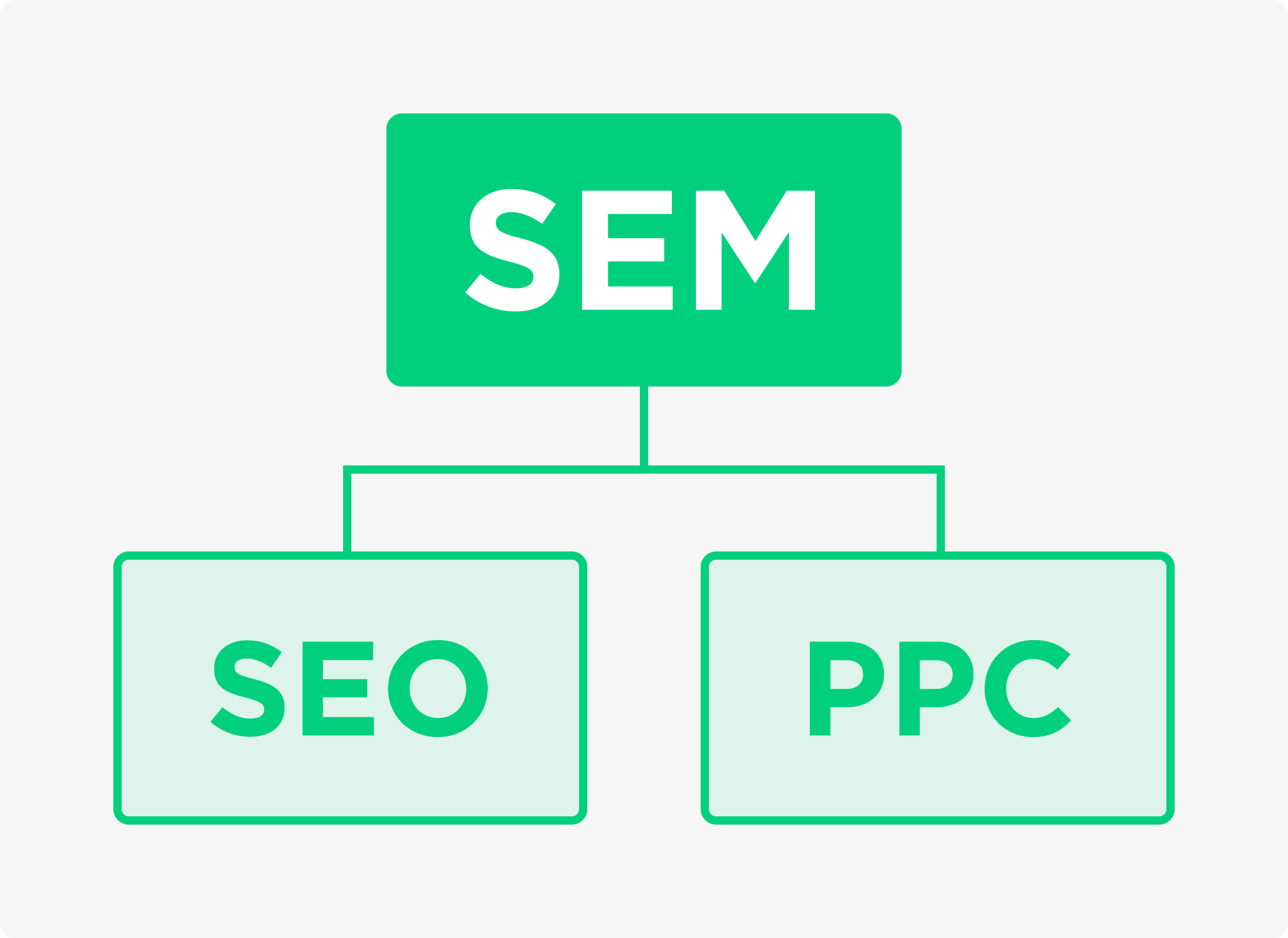
Search Engine Marketing (SEM) and Pay-Per-Click (PPC) advertising can be powerful tools for driving targeted traffic to your website. However, to get the best return on investment (ROI), you need to optimize your campaigns continuously. This guide will explore proven strategies to improve your SEM/PPC campaigns and boost conversions.
Understanding google 廣告 Basics
Before diving into optimization techniques, it’s essential to understand how SEM/PPC works. Businesses bid on keywords relevant to their products or services, and ads appear on search engine results pages (SERPs). Advertisers only pay when users click on their ads, making PPC a cost-effective way to reach potential customers.
Conducting Effective Keyword Research
-
Focus on High-Intent Keywords – Target keywords that indicate a strong purchase intent.
-
Utilize Long-Tail Keywords – These keywords are less competitive and can attract more qualified leads.
-
Use Negative Keywords – Exclude irrelevant searches to prevent wasted ad spend.
-
Analyze Competitor Keywords – Identify gaps and opportunities in your market.
Writing Compelling Ad Copy
-
Craft Attention-Grabbing Headlines – Use action-oriented language and highlight unique benefits.
-
Include Relevant Keywords – Ensure your ad copy aligns with user search queries.
-
Use Clear Calls-to-Action (CTAs) – Encourage users to take immediate action, such as "Shop Now" or "Get a Free Quote."
-
A/B Test Different Ad Variations – Identify which messages resonate best with your audience.
Enhancing Landing Page Experience
-
Ensure Mobile Optimization – A significant portion of traffic comes from mobile users.
-
Improve Page Load Speed – Faster pages reduce bounce rates and improve conversions.
-
Match Landing Page Content with Ad Copy – Consistency enhances user trust and engagement.
-
Simplify the Conversion Process – Reduce form fields and make CTA buttons prominent.
Smart Bidding and Budget Management
-
Use Automated Bidding Strategies – Google Ads offers options like Target CPA and Maximize Conversions.
-
Adjust Bids Based on Performance – Increase bids for high-performing keywords and lower bids for underperformers.
-
Monitor Cost-Per-Click (CPC) and Cost-Per-Acquisition (CPA) – Optimize spending for maximum ROI.
-
Allocate Budget to Best-Performing Campaigns – Shift resources to areas delivering the highest conversions.
Audience Targeting and Retargeting
-
Segment Your Audience – Create different ad groups based on demographics, interests, and behaviors.
-
Leverage Retargeting Strategies – Show ads to users who have previously visited your site.
-
Use Lookalike Audiences – Expand reach by targeting users similar to your existing customers.
-
Personalize Ad Messaging – Tailor content to specific audience segments for better engagement.
Tracking and Analyzing Performance
-
Use Google Analytics and Conversion Tracking – Measure key performance indicators (KPIs) accurately.
-
Monitor Click-Through Rates (CTR) and Quality Scores – Higher scores lead to lower costs and better rankings.
-
Test Different Ad Formats – Experiment with search ads, display ads, and video ads.
-
Optimize Based on Data Insights – Regularly analyze performance reports and make necessary adjustments.
Conclusion
Optimizing SEM/PPC campaigns is an ongoing process that requires strategic planning, continuous testing, and data-driven decisions. By following these best practices, businesses can maximize their advertising potential and achieve higher conversions.
